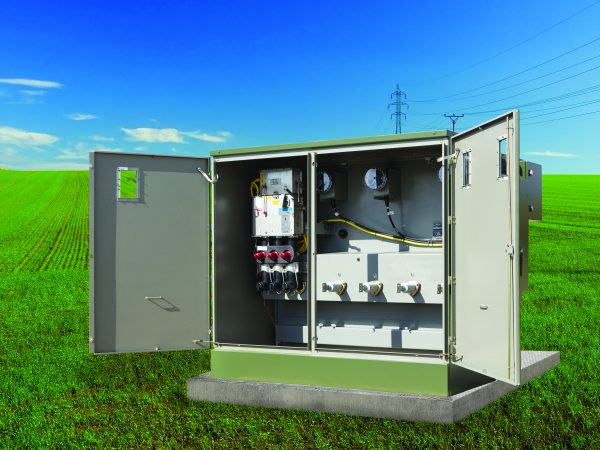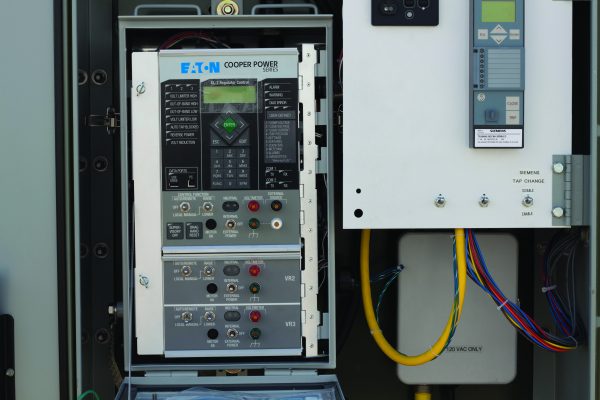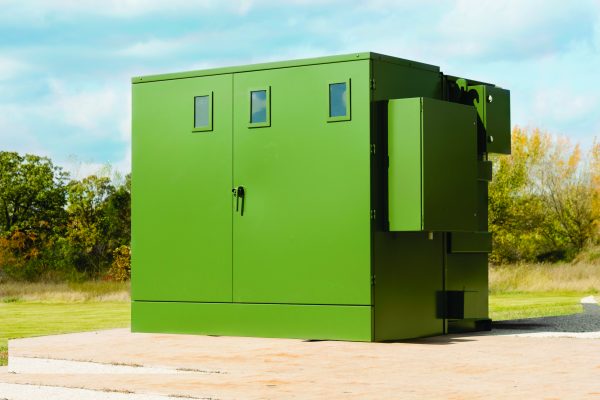How to Become More Environmentally Friendly Using Eaton’s Variable Voltage Transformer
August 29, 2017
One of the greatest challenges facing engineers and scientists is to find new sources of energy without causing irreparable damage to the environment. The research is expensive and time-intensive, but every breakthrough helps us all. Eaton hopes to assist oil exploration and production companies with their discoveries using Thermal Assisted Gravity Drainage (TAGD) with their variable voltage transformers for a cost-effective, environmentally-safe approach to oil shale and bitumen recovery.
According to Eaton’s newsletter: “TAGD is an in-situ process where an electrical source is used to provide power to electrodes that are installed in the rock formation to heat bitumen in the oil sands, or kerogen in shale oil formations.
Heat produced in the well reduces the material down to a recoverable viscosity allowing gravity to drain the liquid into a recovery well. Because this process uses electricity as opposed to a Steam Assisted Gravity Drainage (SAGD) process there is no need for water, no C02 or NOX generated from giant boilers (steam generators) and less surface infrastructure is required. The process is also less environmentally invasive to wildlife and their surrounding communities.
Eaton believes that thermal assisted extraction technique is a viable solution, both economically and environmentally, for accessing oil that was once thought to be unattainable. The process is a more efficient and cost-effective solution when compared to Silicon Controlled Rectifiers (SCRs).

With these advancements in mind, it is important to have a variable voltage transformer (VVT) available to offer further energy-efficient and cost-effective savings. An Eaton VVT can feature a CL-7 multi-phase control for remote communication and programming flexibility. You’ll have peace of mind knowing harmonic issues will be introduced by the VVT.
Stats include:
- Primary input: 2.5 kV to 34.5 kV, 50 or 60 Hz
- Secondary output: 0V at minimum tap position 120V to 7200V at maximum tap position
- The exclusive Quik-Drive™ tap changer can vary the secondary output voltage from 0 – 100% in under 10 seconds
Their variable voltage transformer is also available with Envirotemp™ FR3™ fluid with added advantages including:
- A unique dielectric coolant whose base oils come from a renewable natural resource—seeds
- Specially formulated with performance-enhancing food-grade additives
- Non-toxic
- Readily biodegradable
- Barrier created against water at the surface of the insulation with soybean oil-based fluid, making the thermal kraft paper in the coil windings stronger and longer lasting
- Filled with a bio-based dielectric fluid—recognized by UL® and FM Global® as a less flammable fluid—providing significantly enhanced fire safety
Finding a variable voltage transformer that is a perfect fit for your needs may seem like a big task, but Eaton seems to have provided an option that could be a great fit AND good for the environment. With their VVT and new TAGD processes, these products can accommodate all of your thermal recovery needs in a way that will leave less of a negative impact on the environment. If your company is working on next-generation, power-saving capabilities, we think you will be very interested in this line from Eaton.

Get in contact with us and we can help bring this solution to your team.